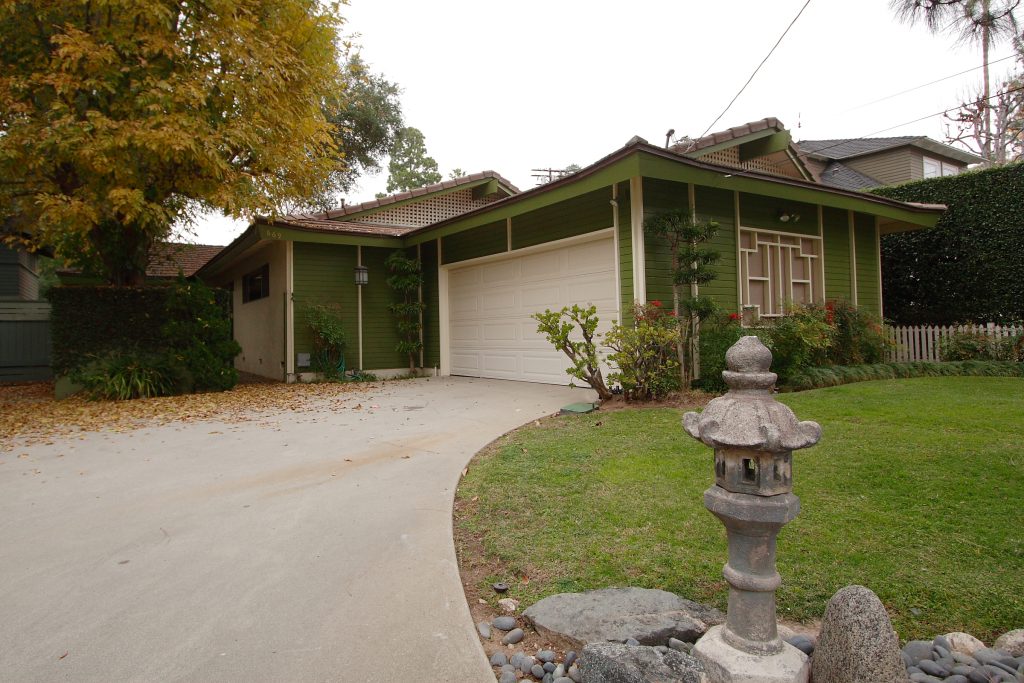Coldwell Banker
388 S. Lake Avenue,
Pasadena, CA 91101
office: 626.797.6500
Email: [email protected]
Homeownership Can Translate Into Tax Savings
Mortgage interest is just the beginning.
Owning a home can provide some significant advantages when it’s time to file your federal tax return. From green energy credits to deductions for damage from natural disasters, there are a number of items homeowners may be able to claim that could reduce a tax bill.
Most homeowners know that they can deduct the interest paid on up to $1 million in mortgage debt for their primary home. The interest paid on up to $100,000 of a home equity loan for the same home may also be itemized.
In most cases, it’s possible to deduct all of your mortgage interest, so long as you itemize your deductions. That opens up opportunities for other savings.
For instance, local property taxes may also be itemized. Although property tax rates vary widely across the country, this item alone can be a big win for homeowners in areas with heavy tax burdens.
Here are some other tax benefits homeowners should be aware of:
— Refinancing costs
Homeowners who refinanced their mortgage in 2011, and paid points or a fee based on the loan amount, may qualify for a deduction. However, unlike points paid on a new mortgage, those paid on a refinancing must be written off over the life of the loan.
Each point is generally equal to 1 percent of the loan. Say for instance, you paid 2 points on a $150,000, 30-year loan, or $3,000. You may claim $100 of that fee each year you own the home.
— Mortgage workouts and foreclosures
When a lender forgives debt, the amount forgiven is usually considered taxable income.
However, under a law passed in late 2007, taxpayers whose mortgage debt on their main residence was partly forgiven through a mortgage workout are generally able to exclude the forgiven debt from their income. The same goes for those who lost their homes through foreclosure and had some part of their debt written off because they owed more on the home than its market value.
In certain cases, however, some cancelled debt may be considered taxable income. This can be a complex situation and it’s best to get professional advice. Guidelines are available on the Internal Revenue Service website, http://1.usa.gov/pv8sN .
Taxpayers who lost money on a foreclosure generally may not claim a loss on their returns.
— Energy-efficient home improvements
This will be the last year that homeowners may claim credits for installing energy-efficient exterior windows and doors, heat pumps, furnaces and insulation under a law that expired on Dec. 31. Up to 10 percent of the price of the improvements may be claimed, said Jay Safier, a certified public accountant and principal with Rosen Seymour Shapss Martin & Co. in New York. There is a lifetime limit of $500, of which only $200 may be used for windows.
Homeowners who installed alternative energy equipment like solar water heaters, solar panels for electricity generation and certain wind or geothermal projects may receive a credit of up to 30 percent of the cost for the installation. There is no cap on this credit. Safier said you may include labor costs when figuring this credit.
Anyone who replaced an old household appliance like a dishwasher or refrigerator with a new energy-efficient unit may also be able to claim a small credit. The credits range from $25 to $225, and are based on the type of appliance and its energy efficiency.
— Medical-related expenses
A taxpayer or dependent who has a medical condition that requires renovation to a home may be able to claim the cost of that work as a medical expense.
Medical expenses are only deductible to the extent they total more than 7.5 percent of adjusted gross income, which is a high hurdle. But if you installed a ramp, widened doorways or did other work such as, lowering countertops to accommodate a wheelchair, it may be far easier to reach that threshold. That’s because such work generally counts as a medical expense, and may be added to more traditional costs like doctor bills and prescriptions.
One issue to watch out for, noted Jackie Perlman from the H&R Block Tax Institute, is that some improvements may add value to your home. A doctor may advise a disabled person to use a hot tub or swimming pool, for instance. The amount that could be claimed in such a case would be limited to the difference between the cost of the item and the value added to the home, she said. For instance, only $2,000 of a $7,000 hot tub installation that adds $5,000 to market value would qualify.
— Disaster losses
The first major disaster of 2011 was a Groundhog Day blizzard that brought Chicago to a standstill. Then hundreds of tornadoes swept through the Midwest and Southeast over the year, including the killer twister that leveled Joplin, Mo., on May 22. Wildfires in the drought-stricken Great Plains and Southwest; flooding along the Mississippi River and its tributaries; and Hurricane Irene, which left a path of destruction from North Carolina to Vermont, also contributed to the worst year on record. There were 99 separate federal disaster declarations in 2011.
The declarations made federal funding available to individuals and businesses. It also enabled them to claim disaster-related losses on their taxes. Typically the IRS requires that the first $500 in losses be deducted from any claims.
Perlman said homeowners may claim the losses on either the return filed during the year of the disaster — their 2010 return — or the following year. So it’s worth revisiting last year’s return to see if filing an amendment or claiming the disaster losses for 2011 would produce a bigger refund.
Likewise, taxpayers who live in Alabama, Alaska, Massachusetts, Oregon, Utah or Washington –where federal disasters have already been declared in 2012 — may be able to claim losses on their 2011 return when they file this year.















































